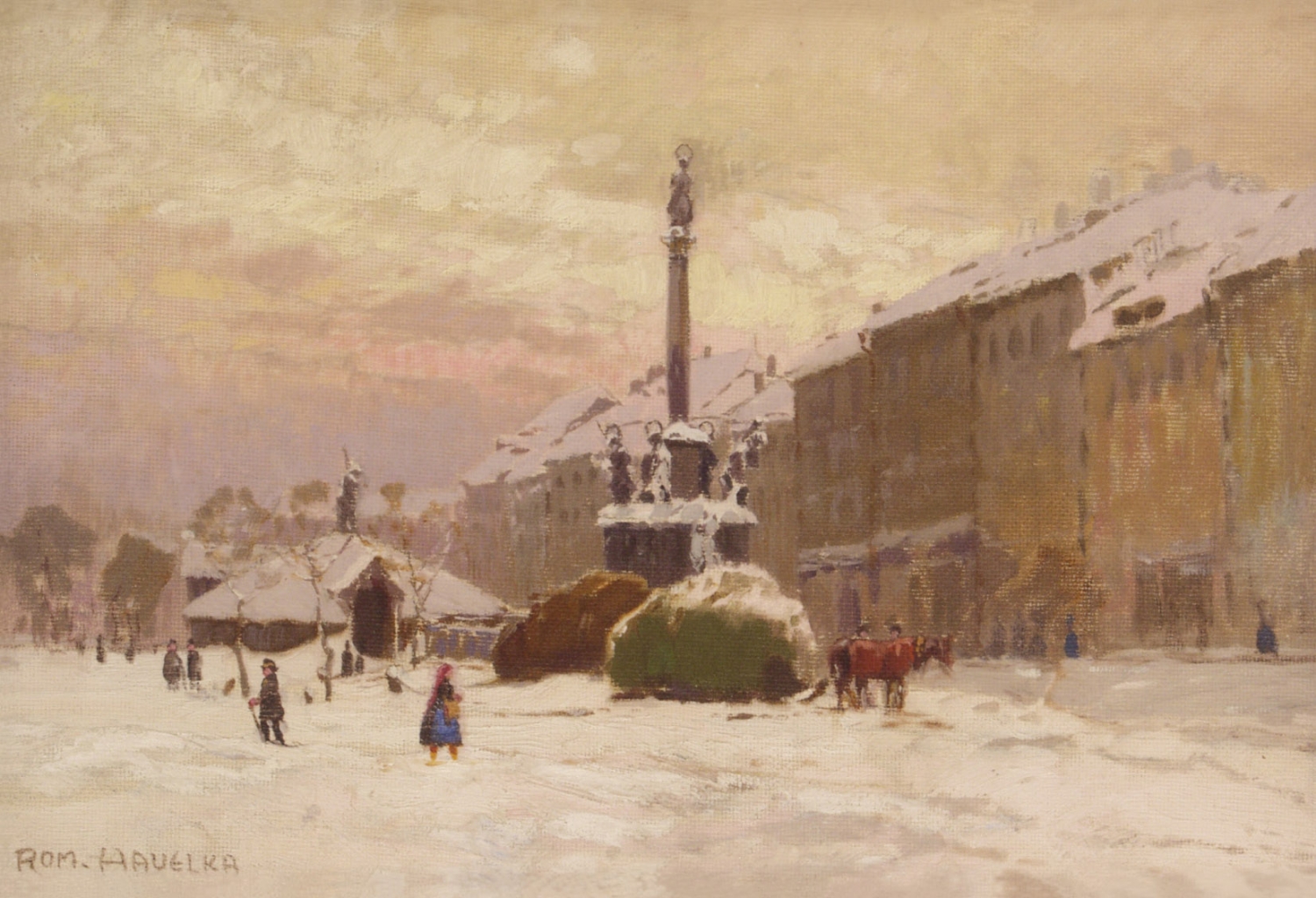Considering January 1 to be the beginning of the year was maintained until the late Middle Ages, despite opposition from the Roman Catholic Church. Later, this custom was suppressed for a short time, but from the beginning of the 17th century, it began to be used in general again. In Bohemia, January 1 first became the beginning of the new year in the archbishop's office in Prague (from 1366) and from the first half of the 16th century it was established more generally. The Julian calendar was adjusted in the 16th century with a reform by Pope Gregory XIII. Since then, it has been called Gregorian, and most countries have gradually started using it. The original Julian calendar is still used by some Orthodox churches.
The traditional New Year's Eve celebrations always begin on the last day of the previous year, which falls on December 31, when New Year's Eve is celebrated until the early hours of the morning. Many people also make New Year's resolutions. In the past, people also sent each other printed cards, but these classic paper New Year's cards have now been replaced by text messages and email messages. However, the essence of the wish for the new year remains, it is mainly a wish for health and happiness.
The Vysočina Regional Gallery in Jihlava joins these wishes with a painting by the painter Roman Havelka (April 30, 1877 Jemnice - June 20, 1950 Znojmo) with a plague column and a covered fountain on a snowy Jihlava square, as captured by the author in 1908 during his stay in Jihlava.
So: "A beautiful and successful new year 2022, full of happiness, health and joy to you all."
We are looking forward to your visit of certainly interesting exhibitions that we have prepared for you this year.
January 1, 2022

phone number: 567 217 133; 605 221 763
bojanovska@ogv.cz



